0 Comments
Mud-puddling, is a behaviour most conspicuous in butterflies, but occurs in other animals as well, mainly insects; they seek out certain moist substances such as rotting plant matter, mud and carrion and they suck up the fluid. Where the conditions are suitable conspicuous insects such as butterflies commonly form aggregations on wet soil, dung or carrion. From the fluids they obtain nutrients such as salts and amino acids that play various roles in their physiology, ethology and ecology.
Lepidoptera (butterflies and moths) are diverse in their strategies to gather liquid nutrients. Typically, mud-puddling behavior takes place on wet soil. But even sweat on human skin may be attractive to butterflies such as species of Halpe. More unusual sources include blood and tears. Again, similar behaviour is not limited to the Lepidoptera, and for example, the various species of bees commonly called sweat bees are attracted to various kinds of sweat and tears, including that of humans, and other bee species have been recorded as doing so to various degrees. Source: wiki
Due to their typical coloration, spiders of the Australian genus Ambicodamus belong to the family Nicodamidae, whose members are commonly known as red and black spiders. They are small to medium-sized spiders found in small sheet webs close to the ground in eucalypt forests. They have eight eyes, small, in two straight rows. The single cheliceral tooth is highly unusual amongst spiders.
Debido a su coloración típica, las arañas del género australiano Ambicodamus pertenecen a la familia Nicodamidae, cuyos miembros son conocidos comúnmente como arañas rojas y negras. Son arañas de tamaño medio que se encuentran en pequeñas telarañas en hojas cerca del suelo en bosques de eucaliptos. Tienen ocho ojos, pequeños, en dos filas rectas. El único diente queliceral es altamente inusual entre las arañas. Source: libutron Wildlife crossings are structures that allow animals to cross human-made barriers safely. Wildlife crossings may include: underpass tunnels, viaducts, and overpasses (mainly for large or herd-type animals); amphibian tunnels; fish ladders; tunnels and culverts (for small mammals such as otters, hedgehogs, and badgers); green roofs (for butterflies and birds).
Wildlife crossings are a practice in habitat conservation, allowing connections or reconnections between habitats, combating habitat fragmentation. They also assist in avoiding collisions between vehicles and animals, which in addition to killing or injuring wildlife may cause injury to humans and property damage. Los ecoductos o puentes verdes son estructuras que permiten a los animales cruzar las barreras artificiales de forma segura. Estos ecoductos pueden incluir: túneles, viaductos, pasos a desnivel y pasos a desnivel (principalmente para los animales de tipo manada grande o); túneles de anfibios; escalas de peces; túneles y alcantarillas (para pequeños mamíferos como nutrias, erizos, y tejones); techos verdes (por mariposas y aves). Los puentes verdes son una práctica en la conservación del hábitat, lo que permite conexiones o reconexiones entre los hábitats y la lucha contra la fragmentación del hábitat. También ayudan a evitar colisiones entre vehículos y animales, que además de matar o herir a la vida silvestre pueden causar daño a los seres humanos y daños a la propiedad. Source: wiki Photos: Mariella Superina Pink fairy armadillos (Chlamyphorus truncatus) have small eyes, silky yellowish white fur, and a flexible dorsal shell that is solely attached to its body by a thin dorsal membrane. In addition, its spatula-shaped tail protrudes from a vertical plate at the blunt rear of its shell. This creature exhibits nocturnal and solitary habits and has a diet that is mainly composed of insects, worms, snails, and various plant parts.
Los armadillos hada rosa (Chlamyphorus truncatus) tienen ojos pequeños, sedoso pelaje blanco amarillento, y una concha dorsal flexible que está exclusivamente unido a su cuerpo por una membrana delgada dorsal. Además, la cola en forma de espátula sobresale de una placa vertical en la parte posterior romo de su caparazón. Esta criatura exhibe hábitos nocturnos y solitarios y tiene una dieta que se compone principalmente de insectos, gusanos, caracoles y diversas partes de plantas. Scientific classification Kingdom: Animalia Phylum: Chordata Class: Mammalia Order: Cingulata Family: Dasypodidae Subfamily: Euphractinae or Chlamyphorinae Genus: Chlamyphorus Species: C. truncatus Source: wiki The Giant birdsnest aka “Giant Birdsnest for creating new ideas” was conceived and created as a prototype for new and inspiring socializing space: a fusion of furniture and playground: A comfortable informal and sensual soft space. The wooden nest is filled with highly comfortable egg-shaped sitting poofs which allow ergonomic sitting positions and various configurations for informal meetings and social exchange.
Designed by the Israel-based design firm OGE Creative Group, It’s a multifunctional piece of furniture that can be used for resting, browsing the web, reading, talking and doing almost anything. It comes in 4 different sizes (ranging from 2,700 – 7,900 Euros) and, at its largest, can accommodate up to 16 people at a time. Source: oge-group |
Blog Archive
|
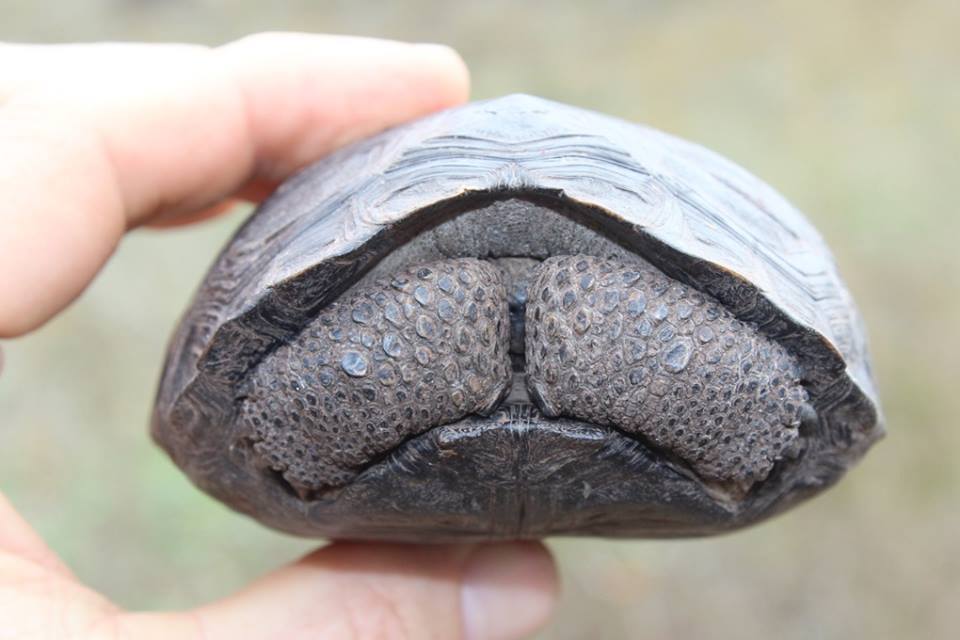
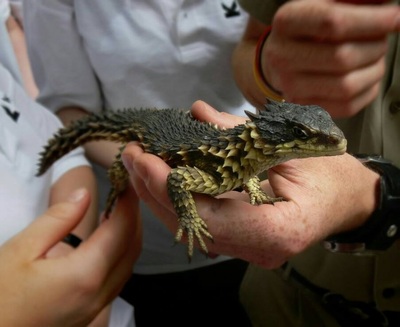
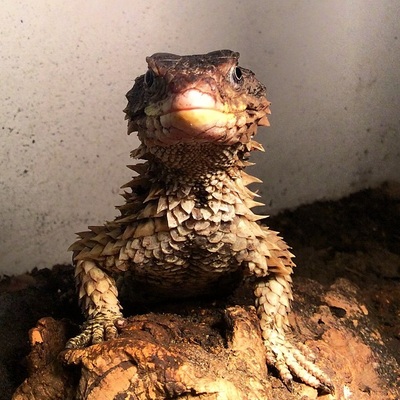
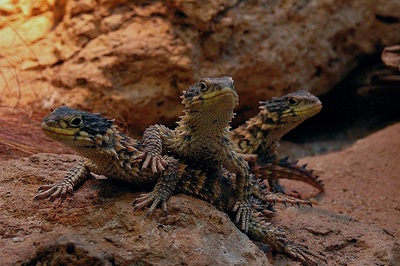
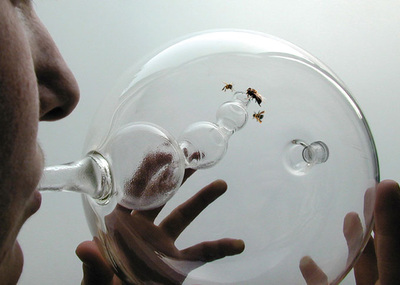
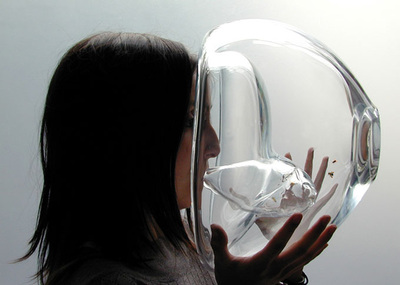
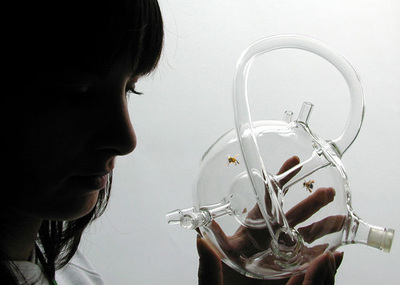
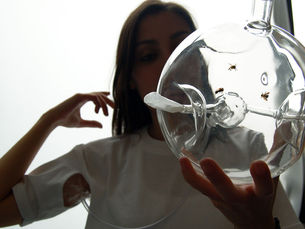
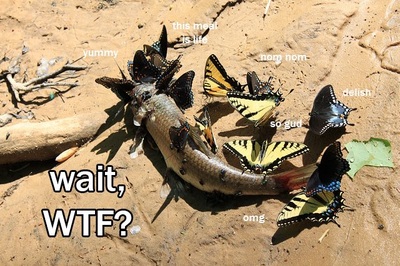
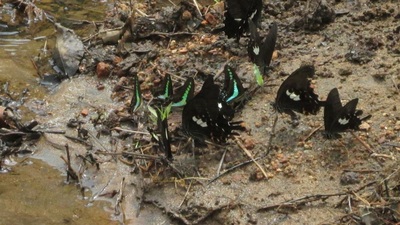
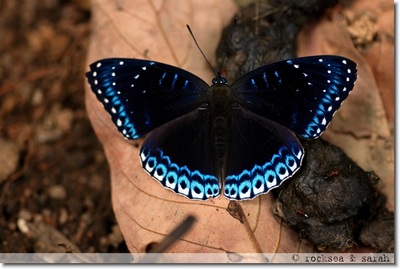

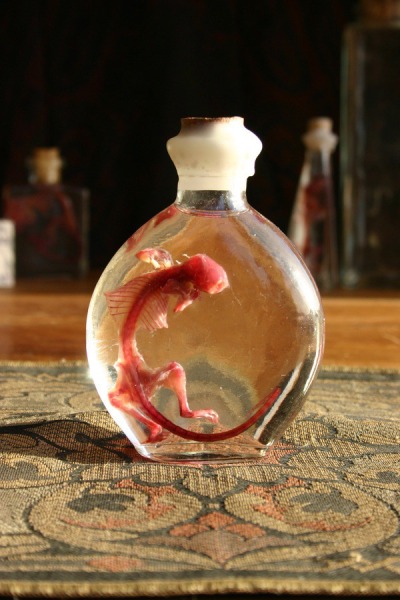
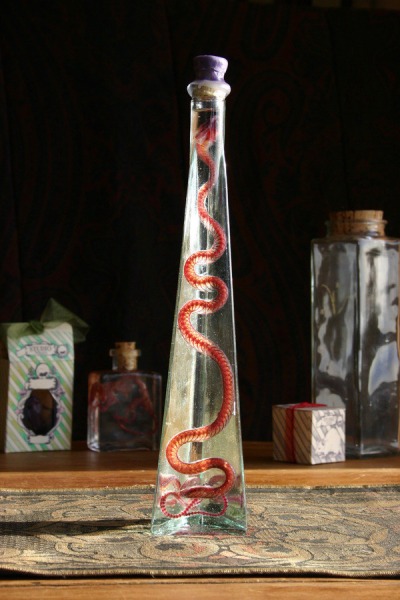
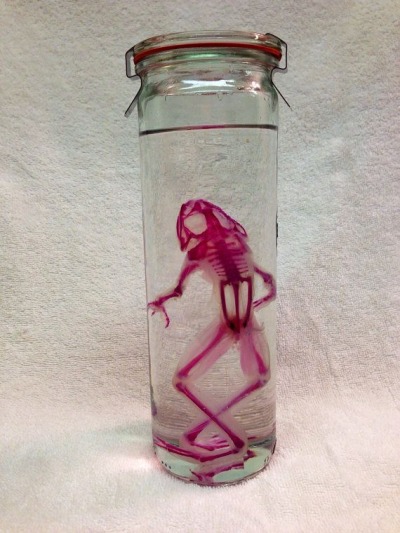
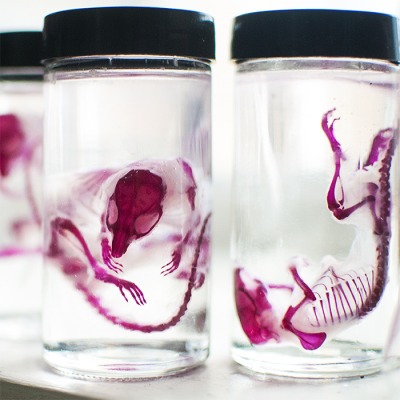
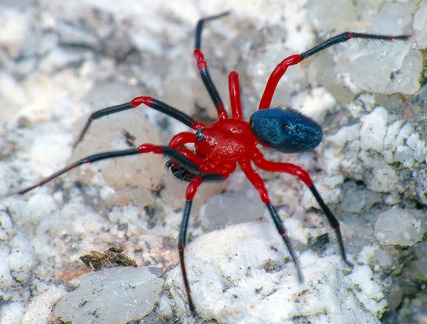
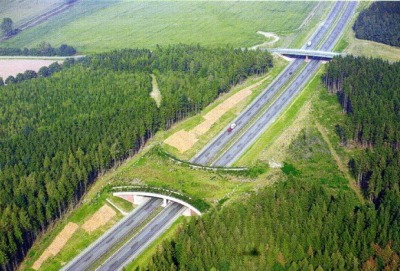




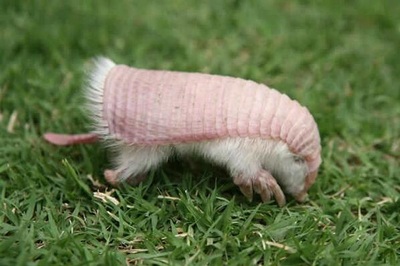
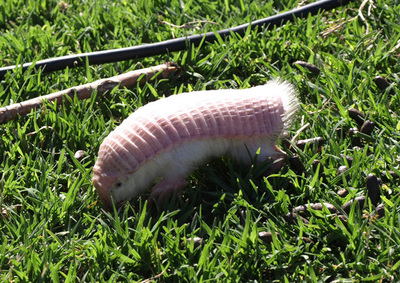
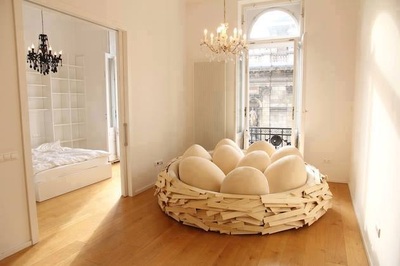

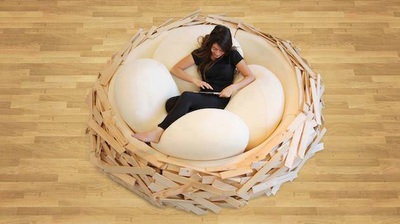

 RSS Feed
RSS Feed
